Archives
- 2025-12
- 2025-11
- 2025-10
- 2025-09
- 2025-04
- 2025-03
- 2025-02
- 2025-01
- 2024-12
- 2024-11
- 2024-10
- 2024-09
- 2024-08
- 2024-07
- 2024-06
- 2024-05
- 2024-04
- 2024-03
- 2024-02
- 2024-01
- 2023-12
- 2023-11
- 2023-10
- 2023-09
- 2023-08
- 2023-06
- 2023-05
- 2023-04
- 2023-03
- 2023-02
- 2023-01
- 2022-12
- 2022-11
- 2022-10
- 2022-09
- 2022-08
- 2022-07
- 2022-06
- 2022-05
- 2022-04
- 2022-03
- 2022-02
- 2022-01
- 2021-12
- 2021-11
- 2021-10
- 2021-09
- 2021-08
- 2021-07
- 2021-06
- 2021-05
- 2021-04
- 2021-03
- 2021-02
- 2021-01
- 2020-12
- 2020-11
- 2020-10
- 2020-09
- 2020-08
- 2020-07
- 2020-06
- 2020-05
- 2020-04
- 2020-03
- 2020-02
- 2020-01
- 2019-12
- 2019-11
- 2019-10
- 2019-09
- 2019-08
- 2019-07
- 2019-06
- 2019-05
- 2019-04
- 2018-11
- 2018-10
- 2018-07
-
br Materials and Methods A human skin SCC and
2022-01-27
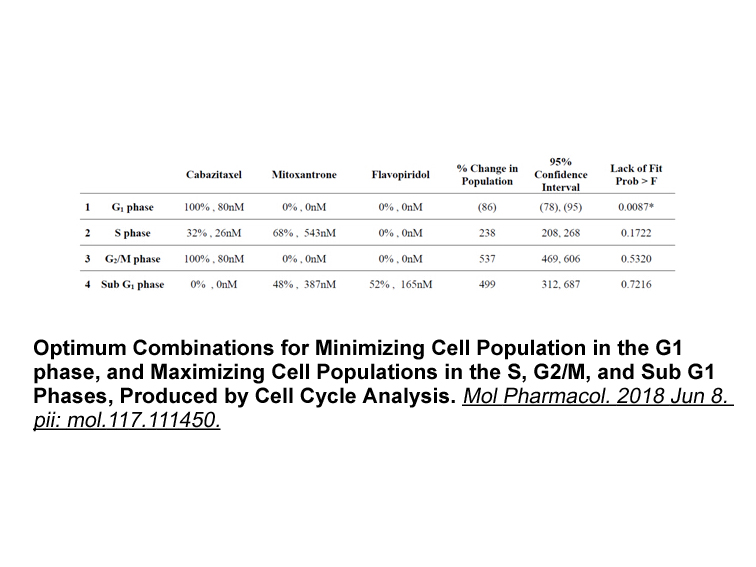
Materials and Methods A431 (human skin SCC) and HT-297.T (human AK) cell lines were purchased from ATCC (Manassas, VA) and were maintained in DMEM supplemented with 10% fetal calf serum, 4 mM L-Gln, 1 mM sodium pyruvate, 100 U/mL penicillin, and 1 μg/mL streptomycin. Human HK1 and HK2 plasmids we
-
The prevalence of hepatitis C virus HCV
2022-01-27
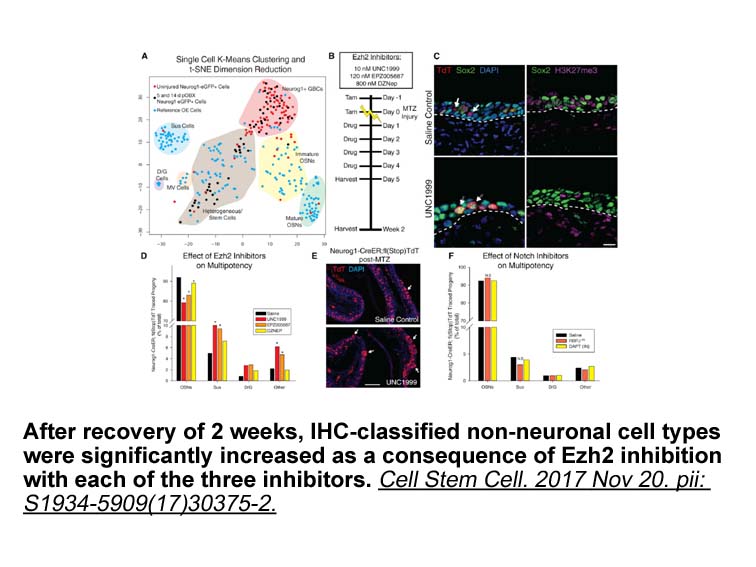
The prevalence of hepatitis C virus (HCV) infection in p.C282Y homozygotes in North America is unknown. We determined the prevalence of anti-HCV antibody and HFE genotype and serum ferritin (SF) associations in non-Hispanic white participants in the Hemochromatosis and Iron Overload Screening (HEIRS
-
The translation of the HCV
2022-01-27

The translation of the HCV genomic RNA is initiated in a different manner, referred to as internal initiation: the 40S subunit directly forms a binary complex with the HCV genomic RNA via an internal RNA sequence called IRES, which is located in the 5′-UTR (Pestova et al., 1998, Tsukiyama-Kohara et
-
KYNA has been shown to regulate
2022-01-27

KYNA has been shown to regulate iNKT cytokine release (Fallarini et al., 2010) and at high concentrations to reduce LPS-induced TNFα release from cultured peripheral blood mononuclear 87 8 (Wang et al., 2006). Our results show that elevating KYNA to “exercised” levels is sufficient to promote an ant
-
Another group of secreted proteins that determine the
2022-01-27

Another group of secreted proteins that determine the virulence of V. dahliae are effectors and microbe associated molecular patterns (MAMP) that regulate plant immunity [10]. So far, there is only one AICAR gene Ave1 cloned in V. dahliae, yet it does not exist in race 2 strains such as V592 and seq
-
Our supF forward mutation assay revealed for the first time
2022-01-27
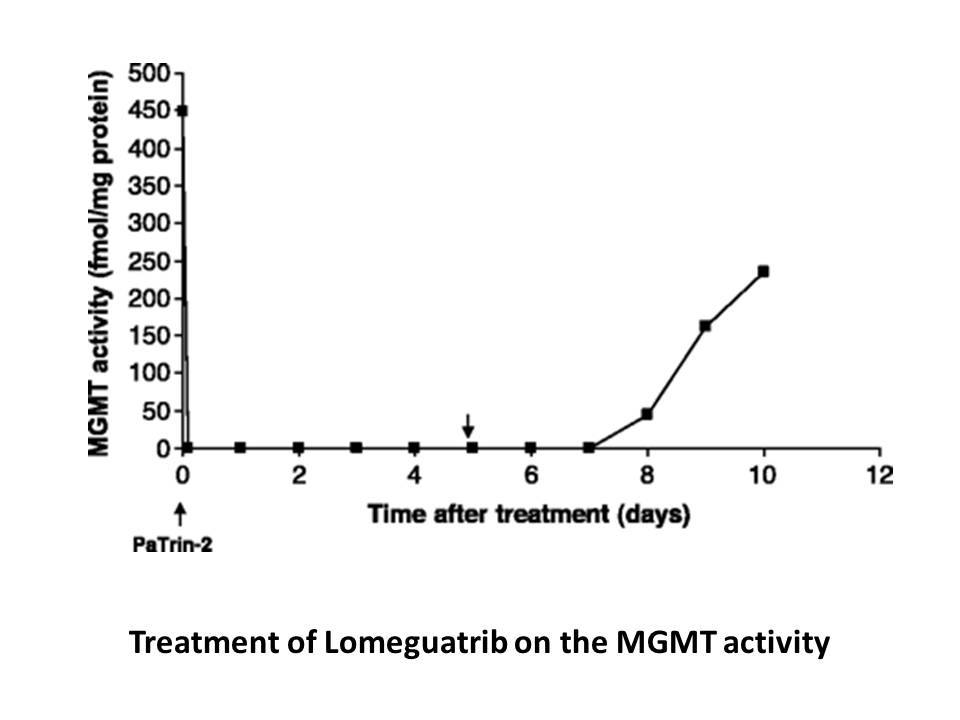
Our supF forward mutation assay revealed, for the first time, that 5OHU predominantly induced the C→T mutation in human cells. The mechanism underlying the induction of the C→T mutation in human cells by 5OHU remains unclear, however, the finding that 5OHU predominantly induced the C→T mutation was
-
br The GLI code The GLI code model considers
2022-01-26
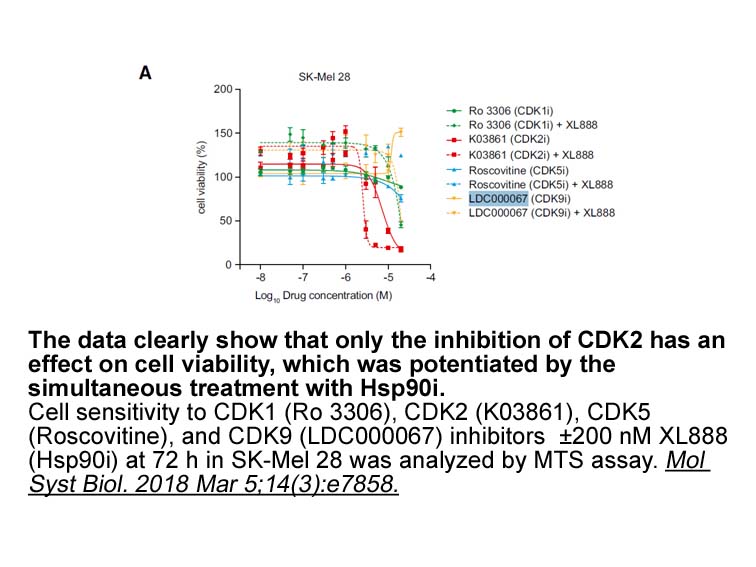
The GLI code The GLI code model [21], [22] considers the total GLI function as a balance of positive activator (GLIA) and negative repressive (GLIR) activities with GLI1 being mostly a positive transcription factor and GLI3 mostly a transcriptional repressor. The GLIA:GLIR ratio is thus critical,
-
br Hedgehog HH signaling plays an important
2022-01-26
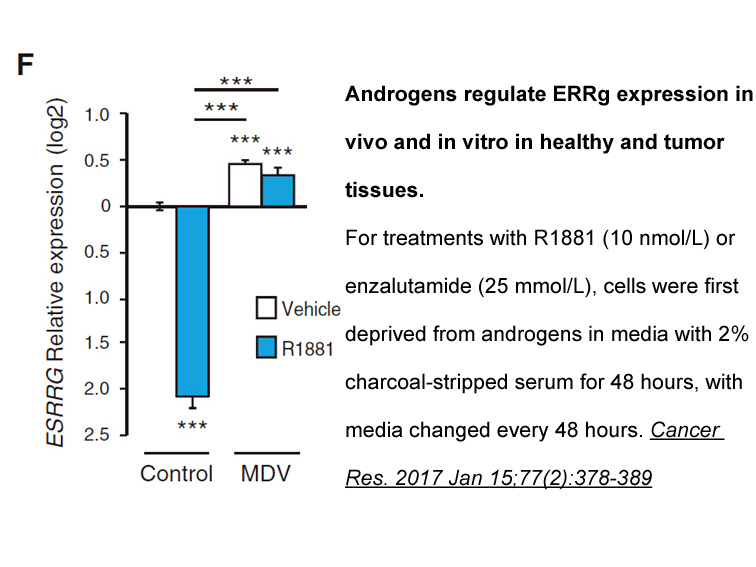
Hedgehog (HH) signaling plays an important role both during embryonic development and adult life. It is involved in the regulation of cell differentiation, cell proliferation and tissue polarity, as well as in the maintenance of stem cells, tissue repair, and regeneration (, ). Three ligands, Indi
-
Next we investigated the transfer of
2022-01-26
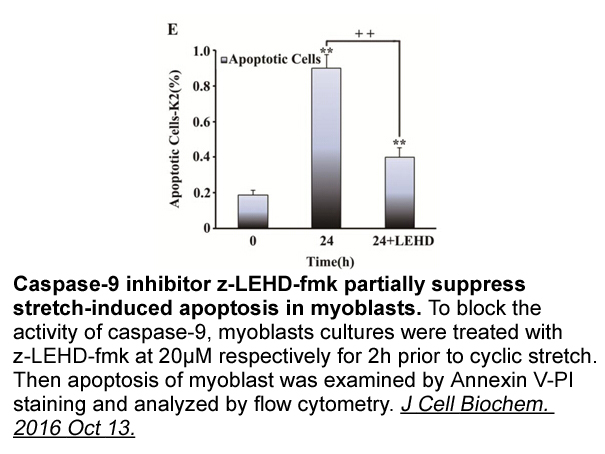
Next, we investigated the transfer of peptides and proteins between contacting cells by nano-LC-MS/MS analysis using the fractions corresponding to molecules higher than 3 kDa. The MS data analysis revealed the direct transfer of several labelled peptides between receivers and donors. Labelled pepti
-
br Acknowledgements This work was supported under the Nation
2022-01-26

Acknowledgements This work was supported under the National Natural Science Foundation of China (Grant numbers 31200576, 21472197, 21675162), Beijing Natural Science Foundation (Grant No. 7182189), and Project supported by the Joint Funds of the National Natural Science Foundation of China (Grant
-
Chi square tests with significance set to
2022-01-26
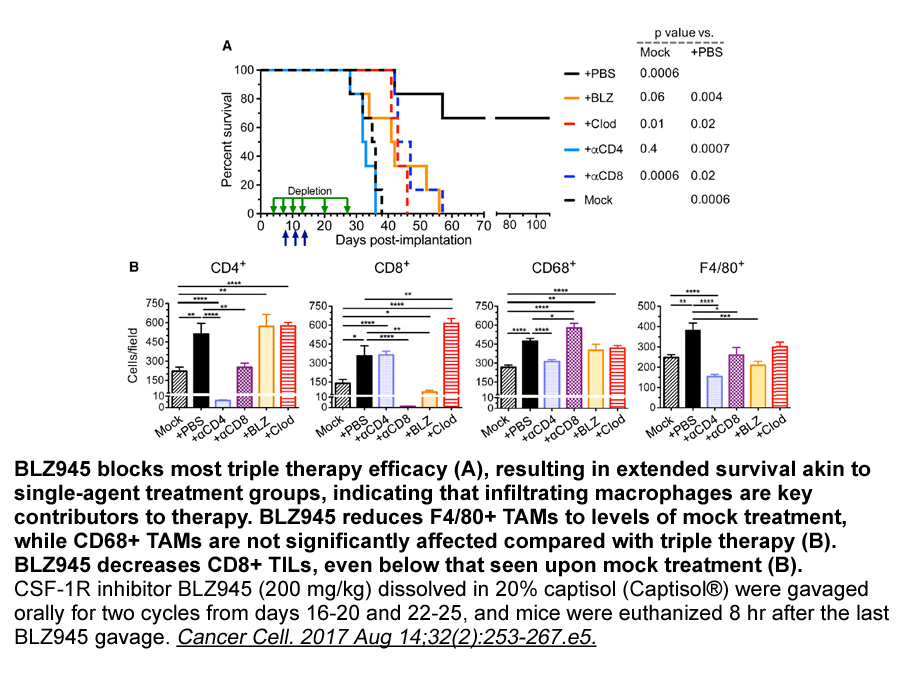
Chi-square tests with significance set to p Results There were 4090 hip fracture patients included in the study. 2326 of these received enoxaparin, 929 received XaI, and 835 received warfarin. The mean CCI for each group was 3 (Table 2). There were some significant differences in demographics betw
-
Several observations about structure activity relationships
2022-01-26
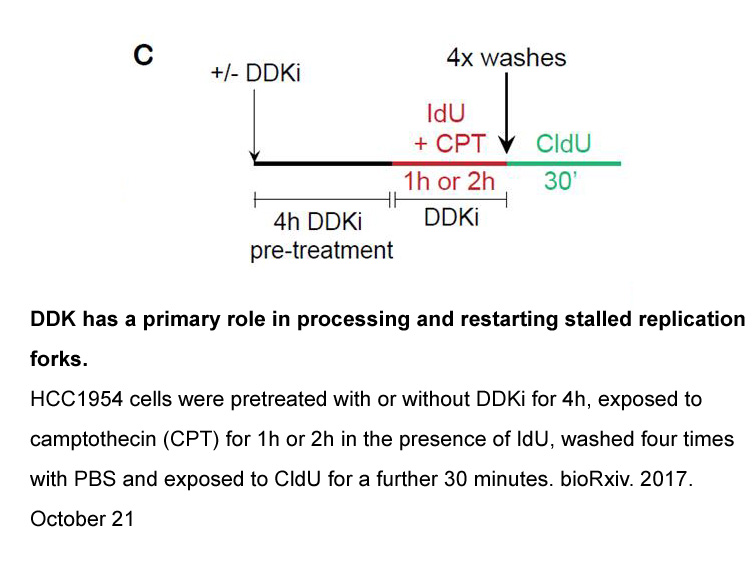
Several observations about structure–activity relationships can be made from this series, including that: (1) all lead compounds are NSAIDs of the 2-arylpropionic darolutamide class, (2) analogues with -oriented aryl substituents showed the best inhibition of FAAH, and (3) replacing the ether linka
-
Liposomes that are less than nm in diameter are necessary
2022-01-26
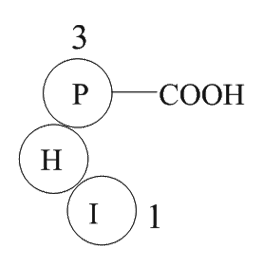
Liposomes that are less than 200nm in diameter are necessary to optimize uptake of liposomes by 2602 (Oesterling et al., 2014). The liposomes constructed in these experiments were found to be sufficiently small in diameter for use in in vivo and in vitro experiments. Even smaller diameters are asso
-
With the aim to identify potential novel targets in CVD
2022-01-26
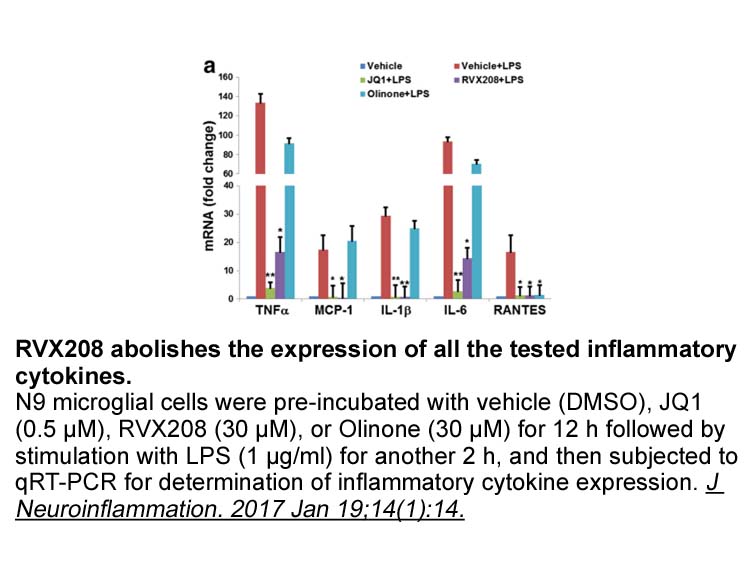
With the aim to identify potential novel targets in CVD, we applied proteome analyses on vascular tissue of these frequently used mouse models of atherosclerotic disease in the presence and/or absence of diabetes. Potential targets for intervention identified with this approach were validated in hum
-
Interest in the non coding genome has recently surfaced
2022-01-26
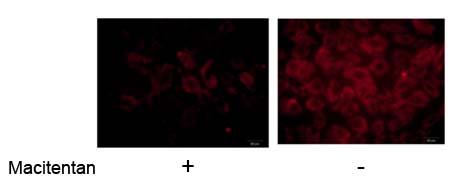
Interest in the non-coding genome has recently surfaced with accelerated emphasis in the past few years (Li et al., 2016). Transcription factors (TFs) bind to enhancers and mediate RNA initiation from distal transcriptional start sites (TSS) of genes. Epigenome sequencing of human and mouse during d
15973 records 491/1065 page Previous Next First page 上5页 491492493494495 下5页 Last page